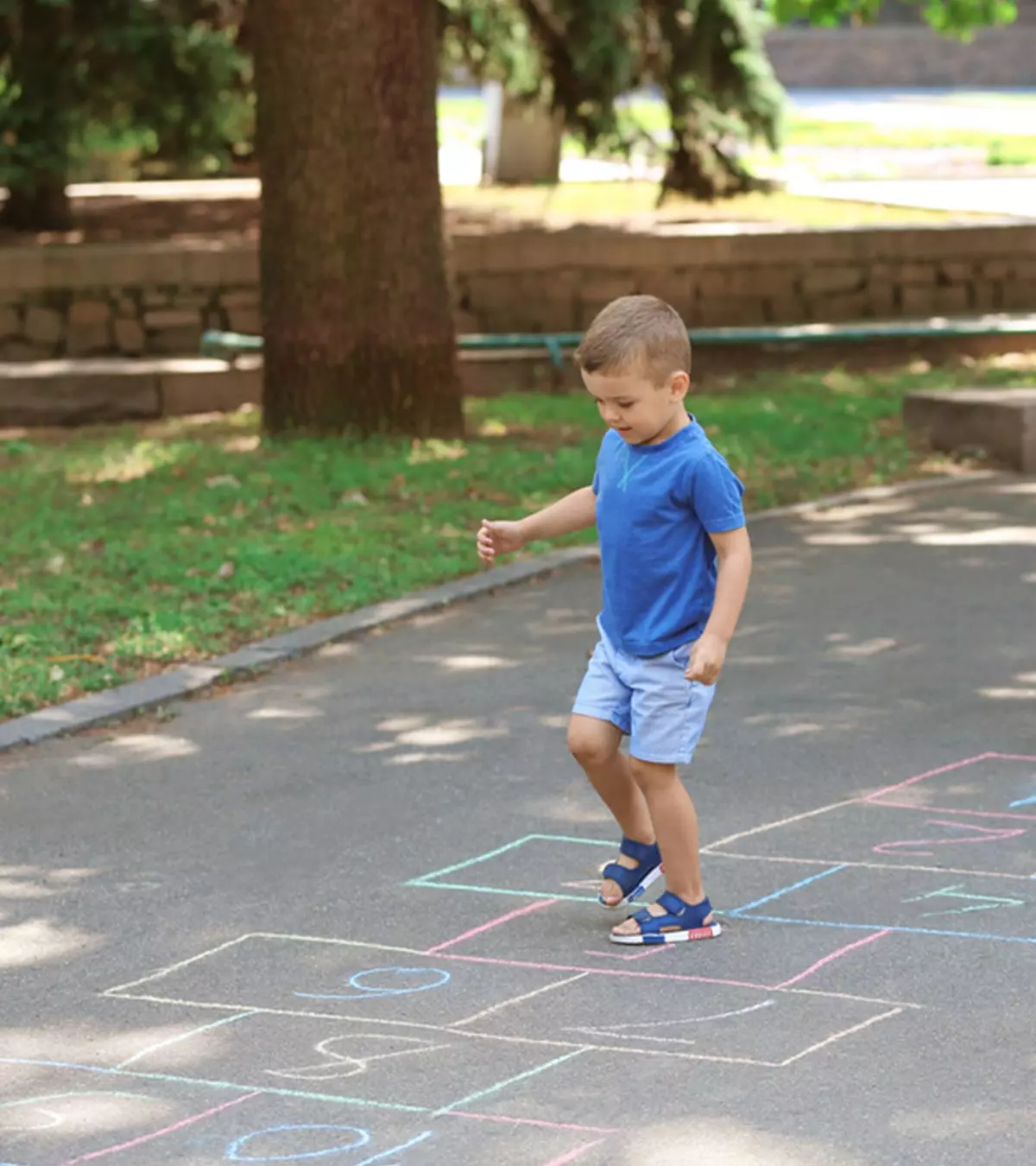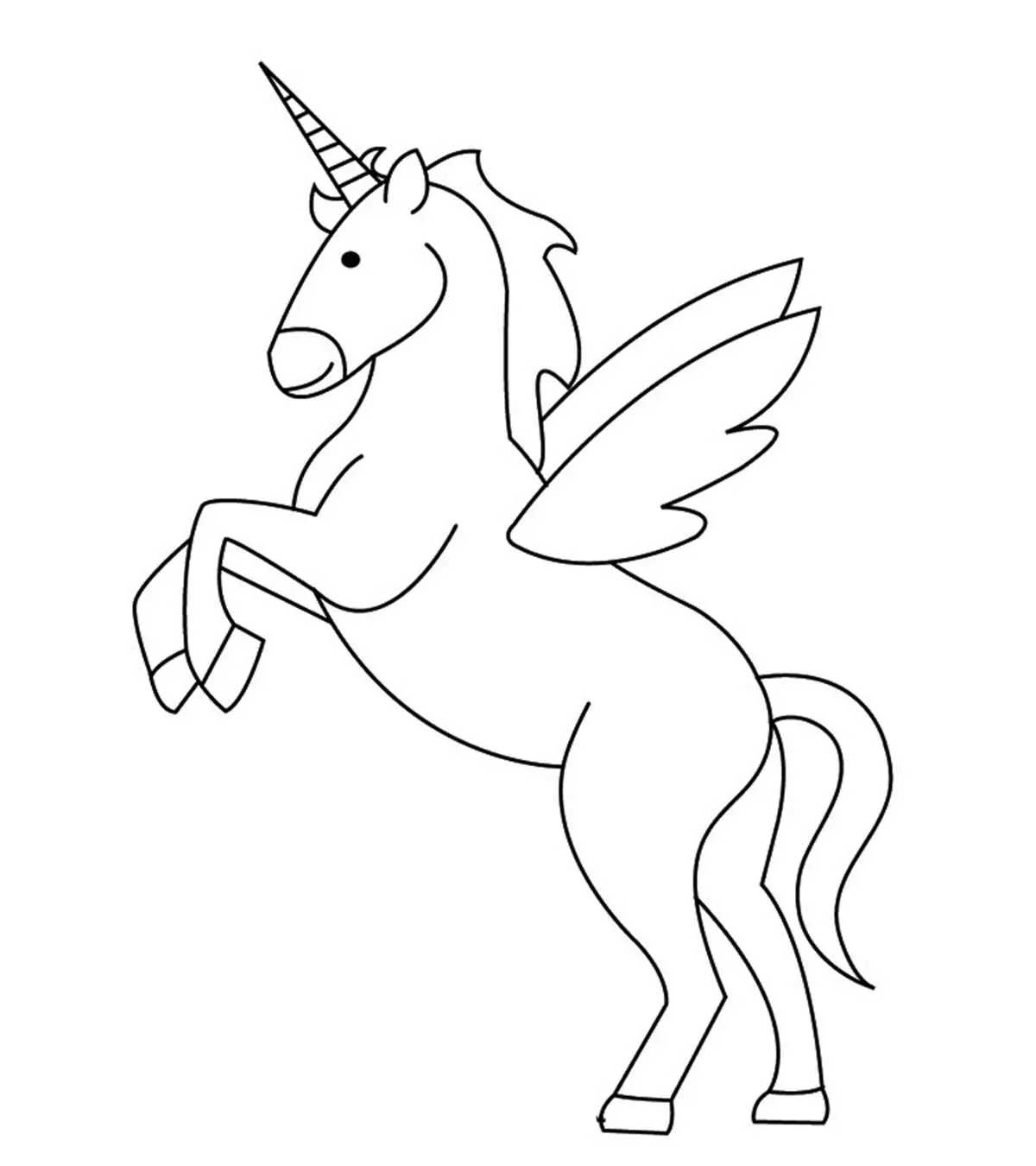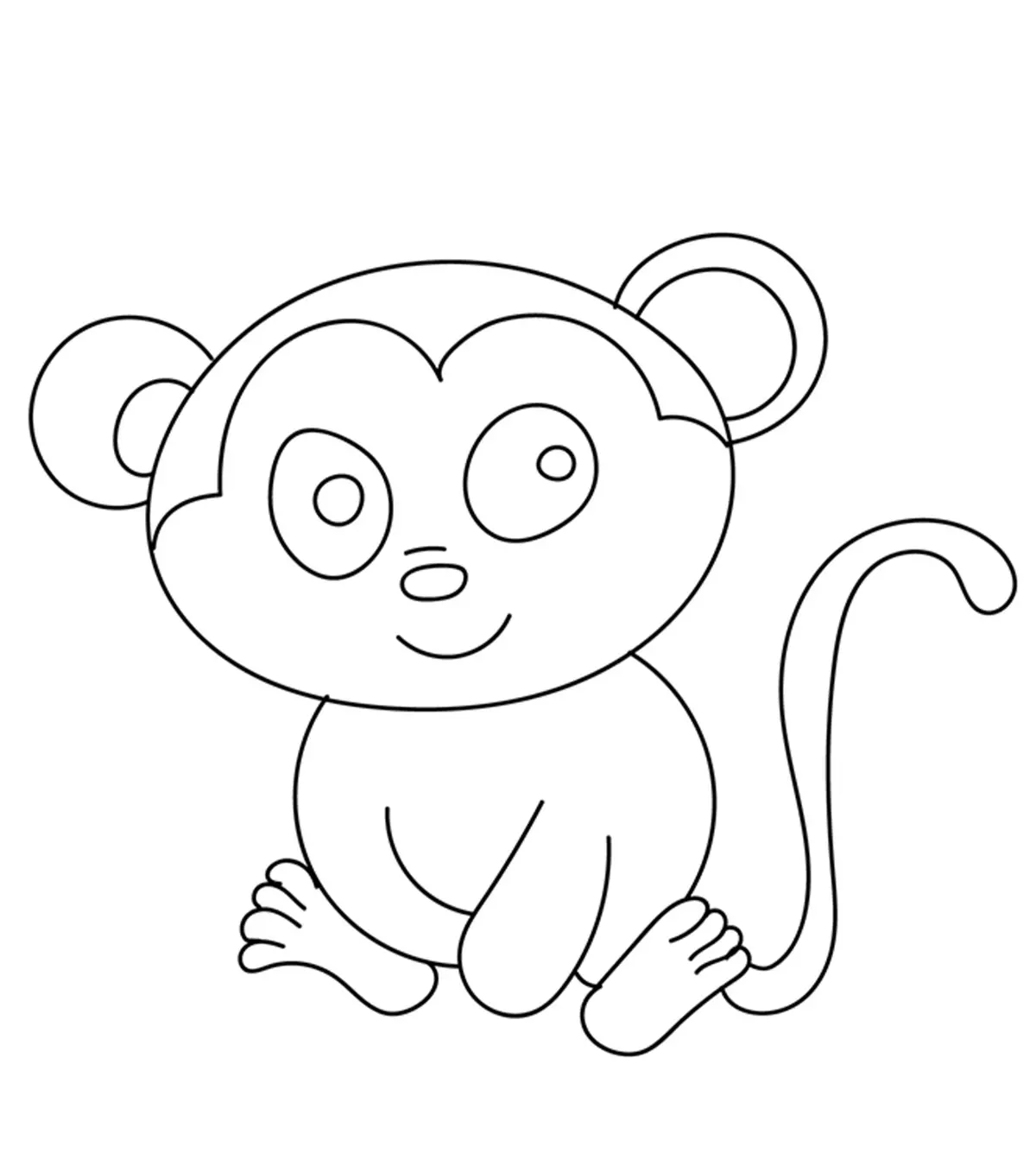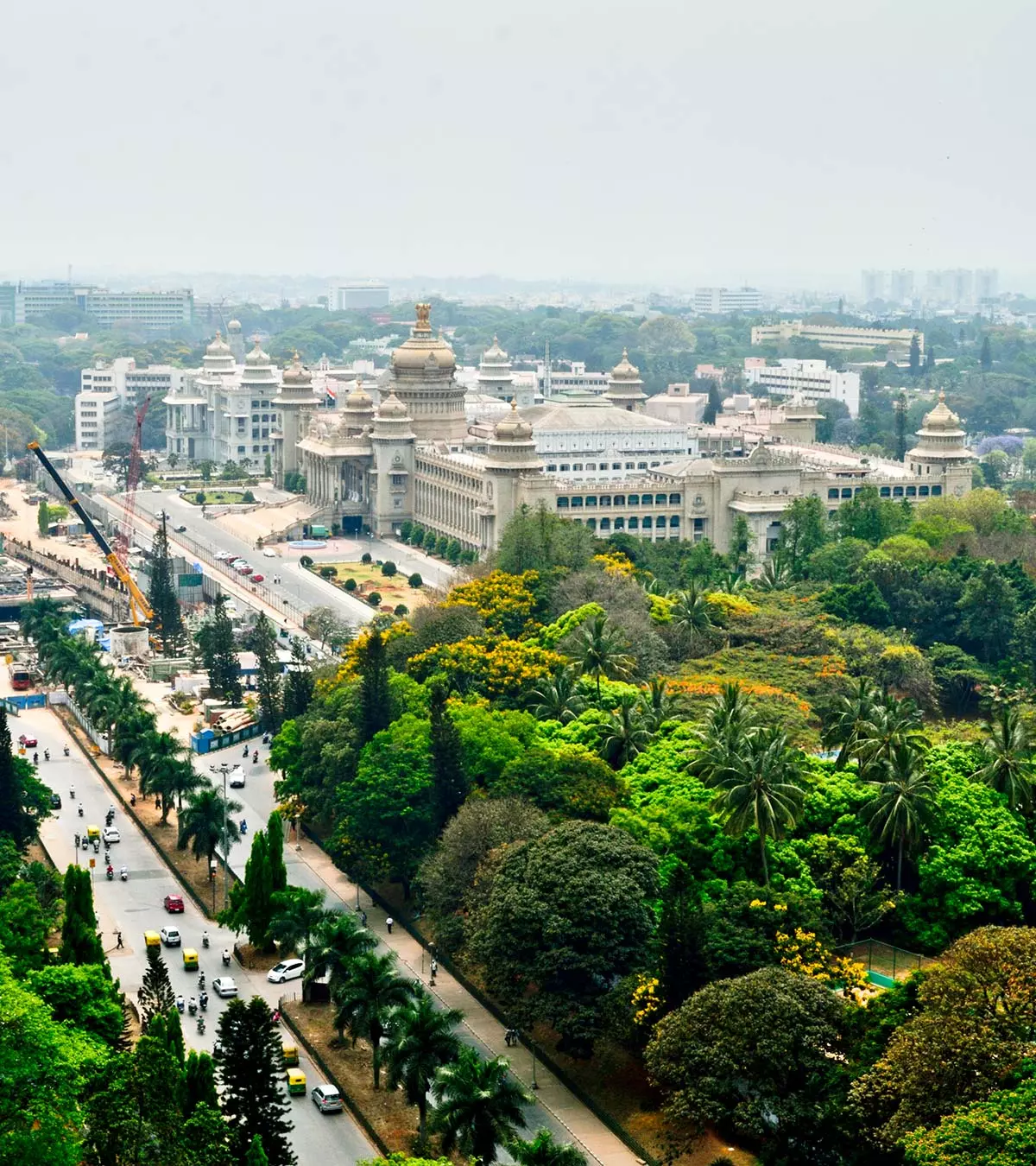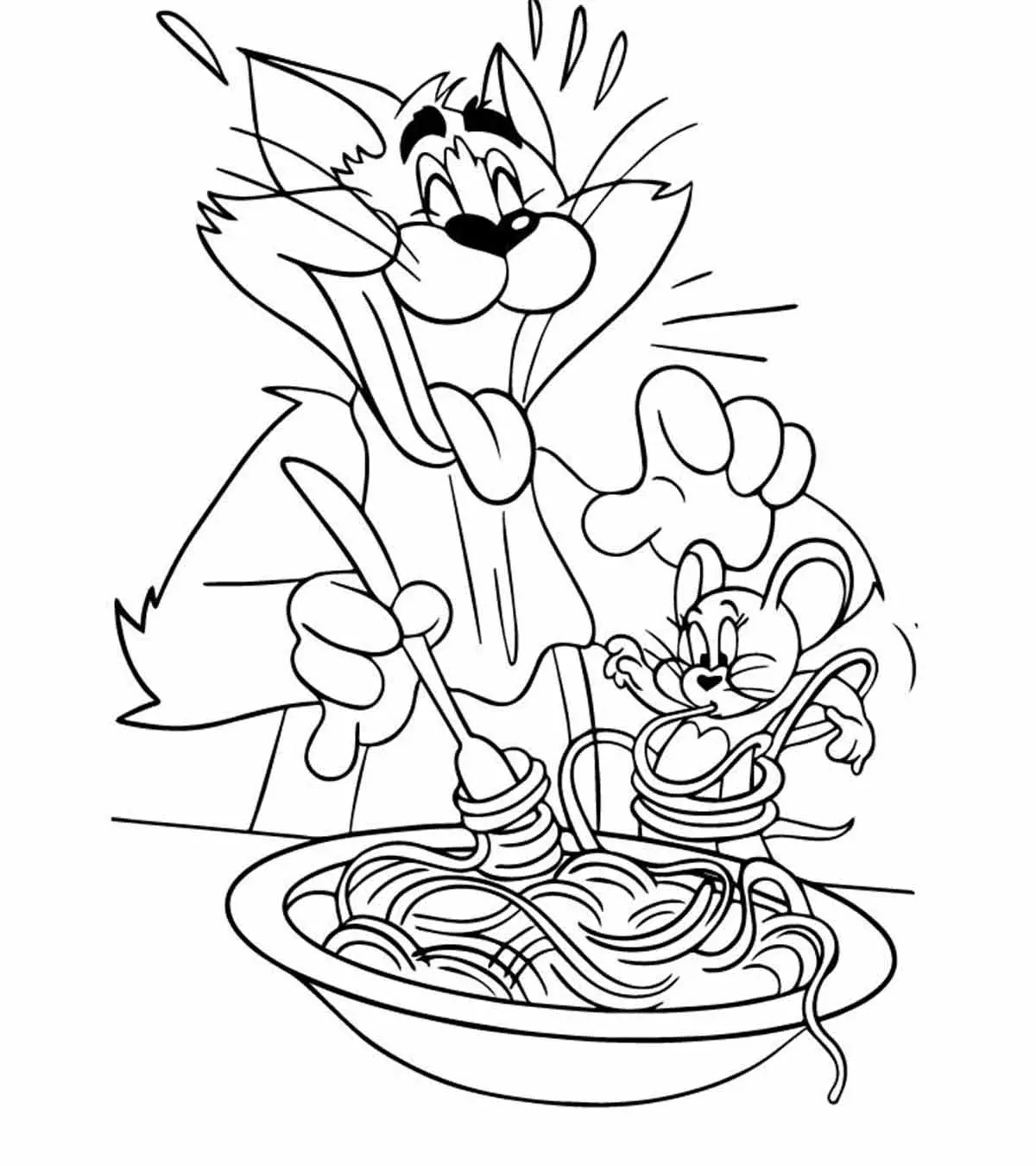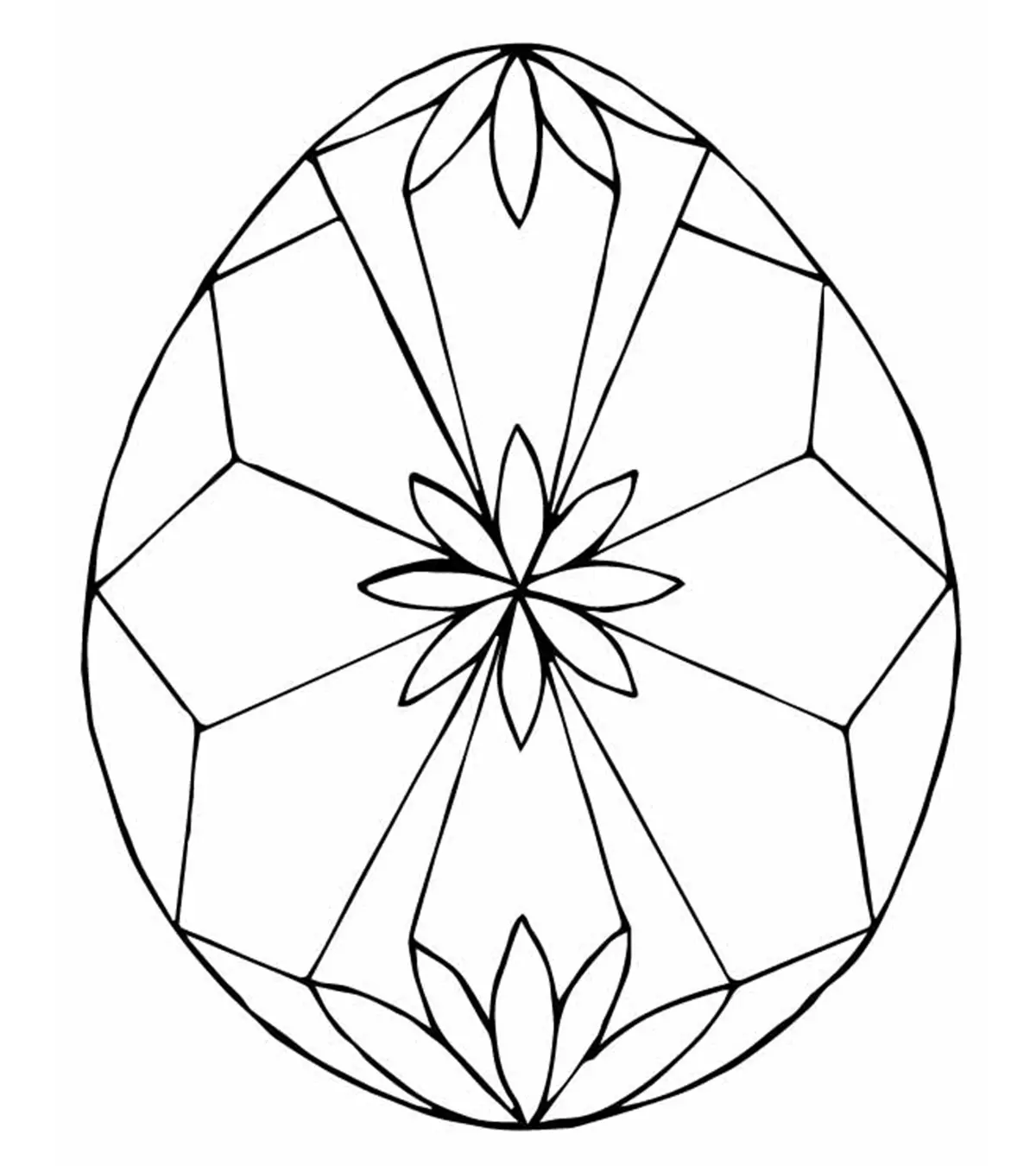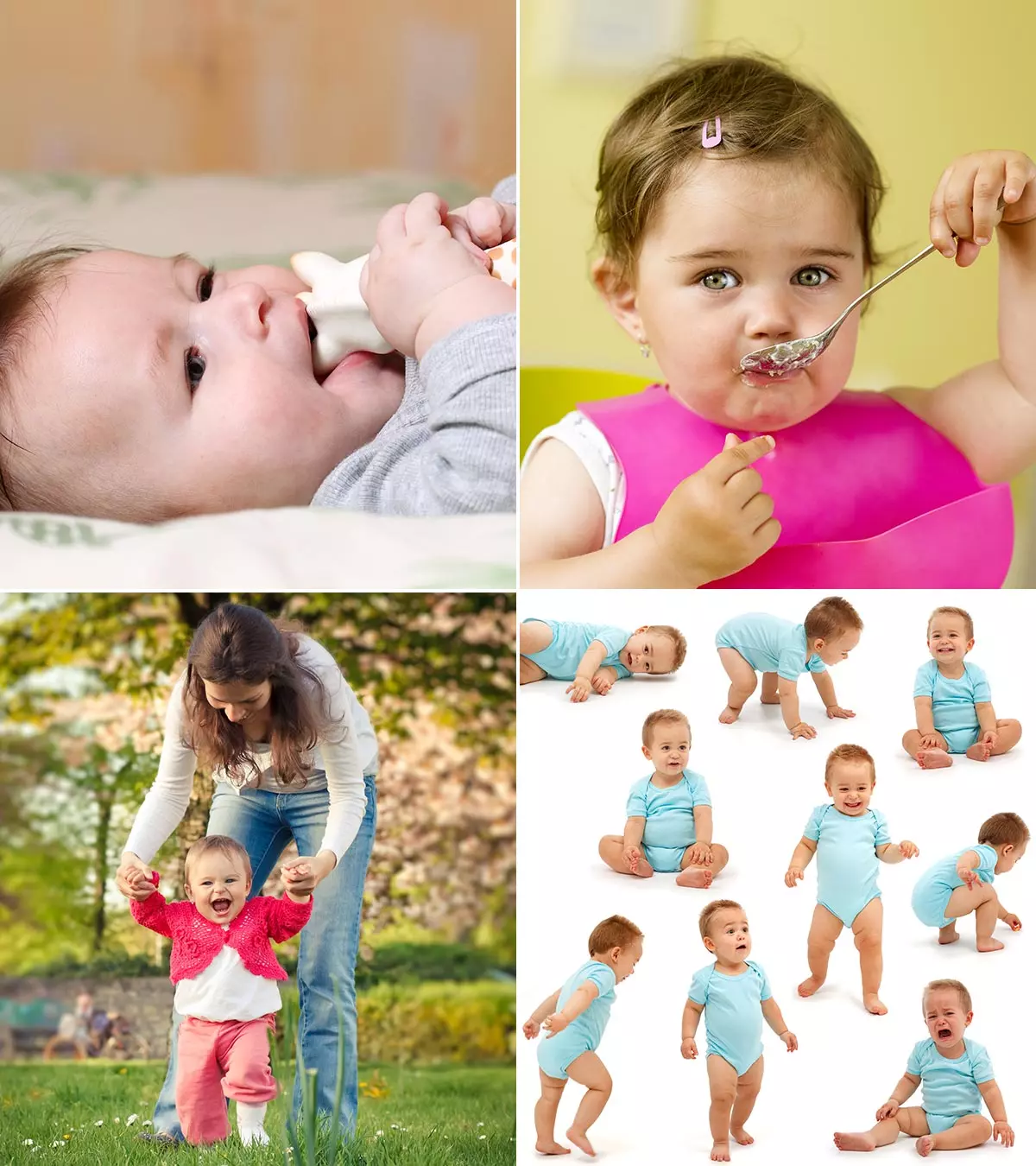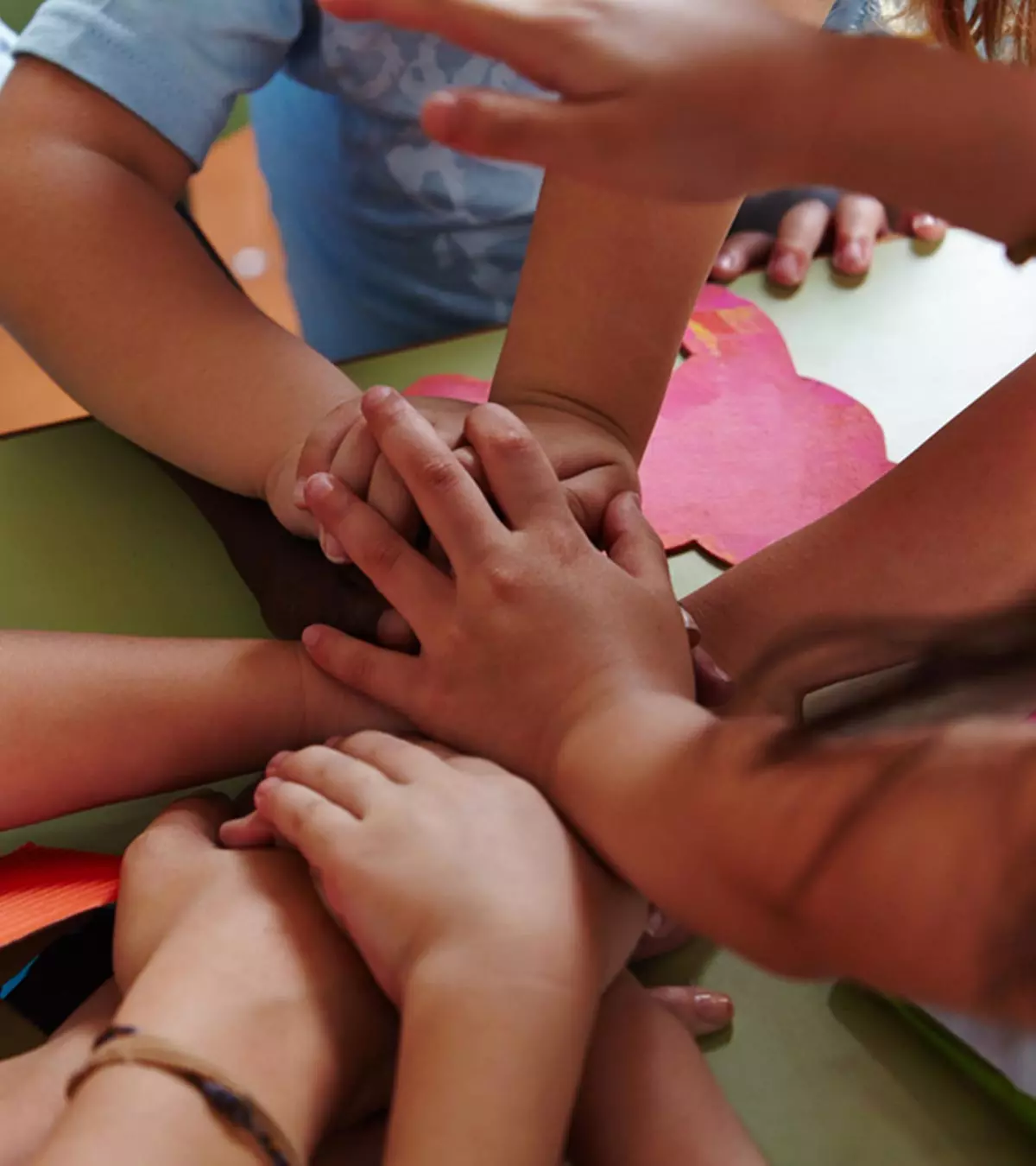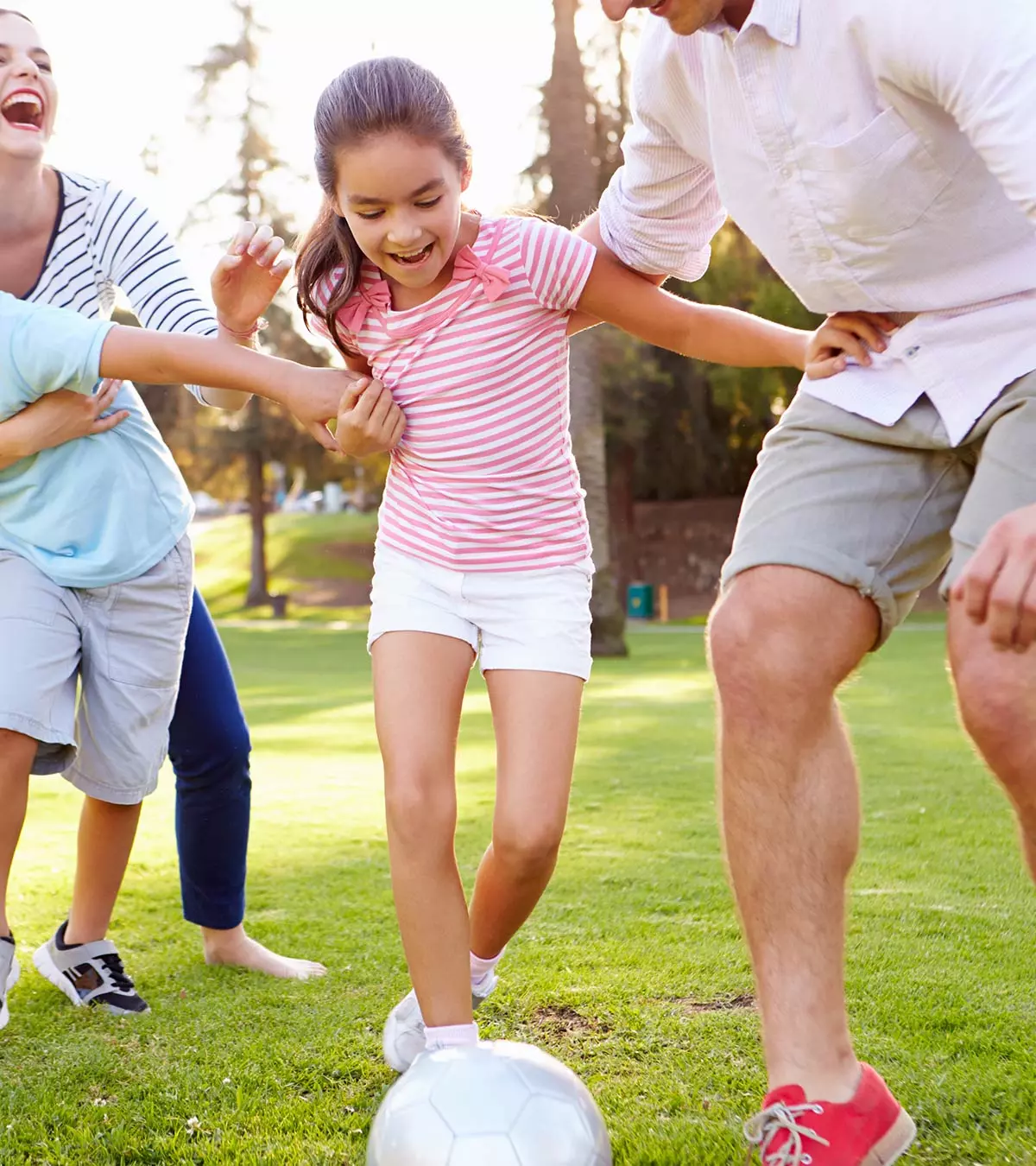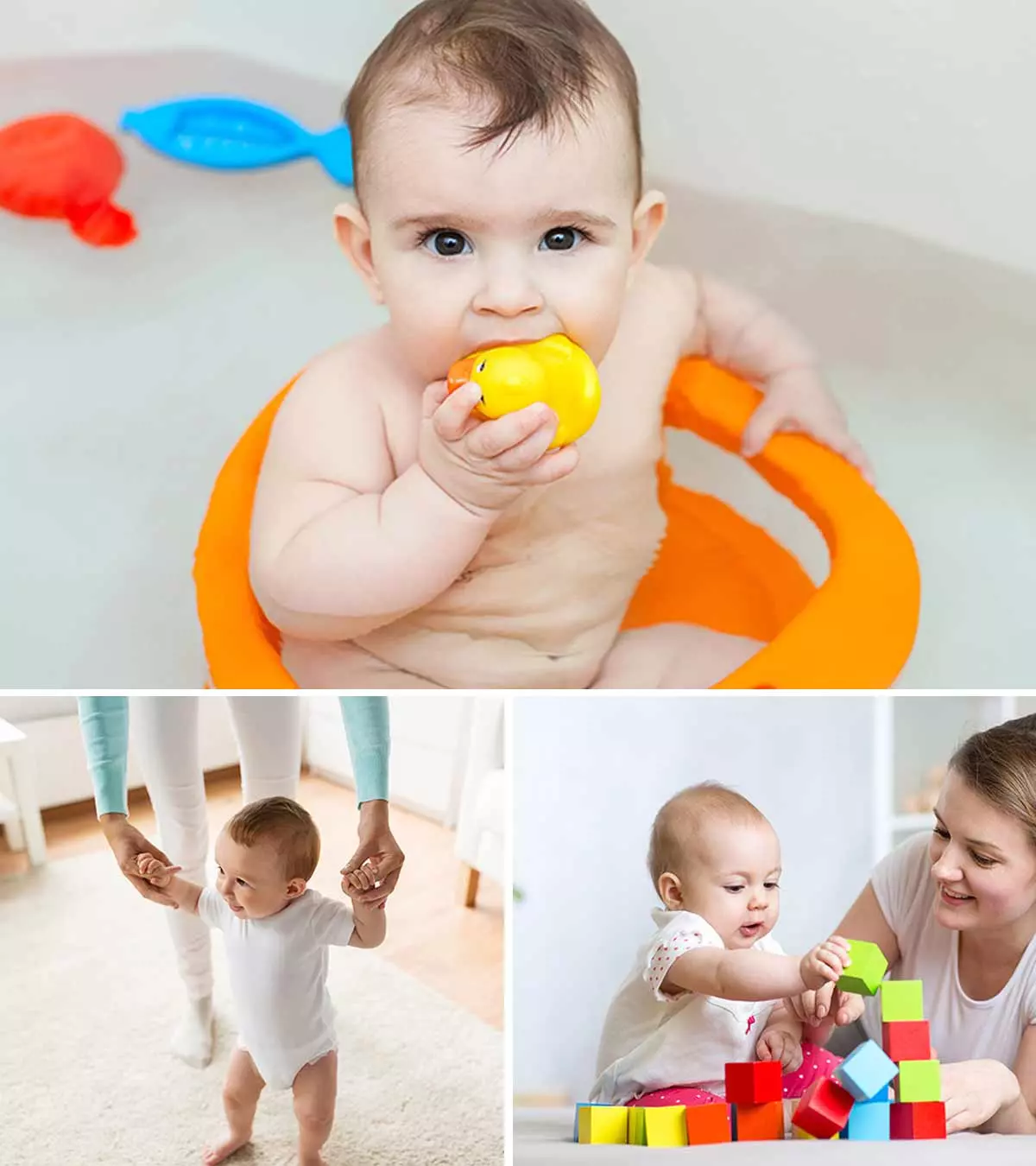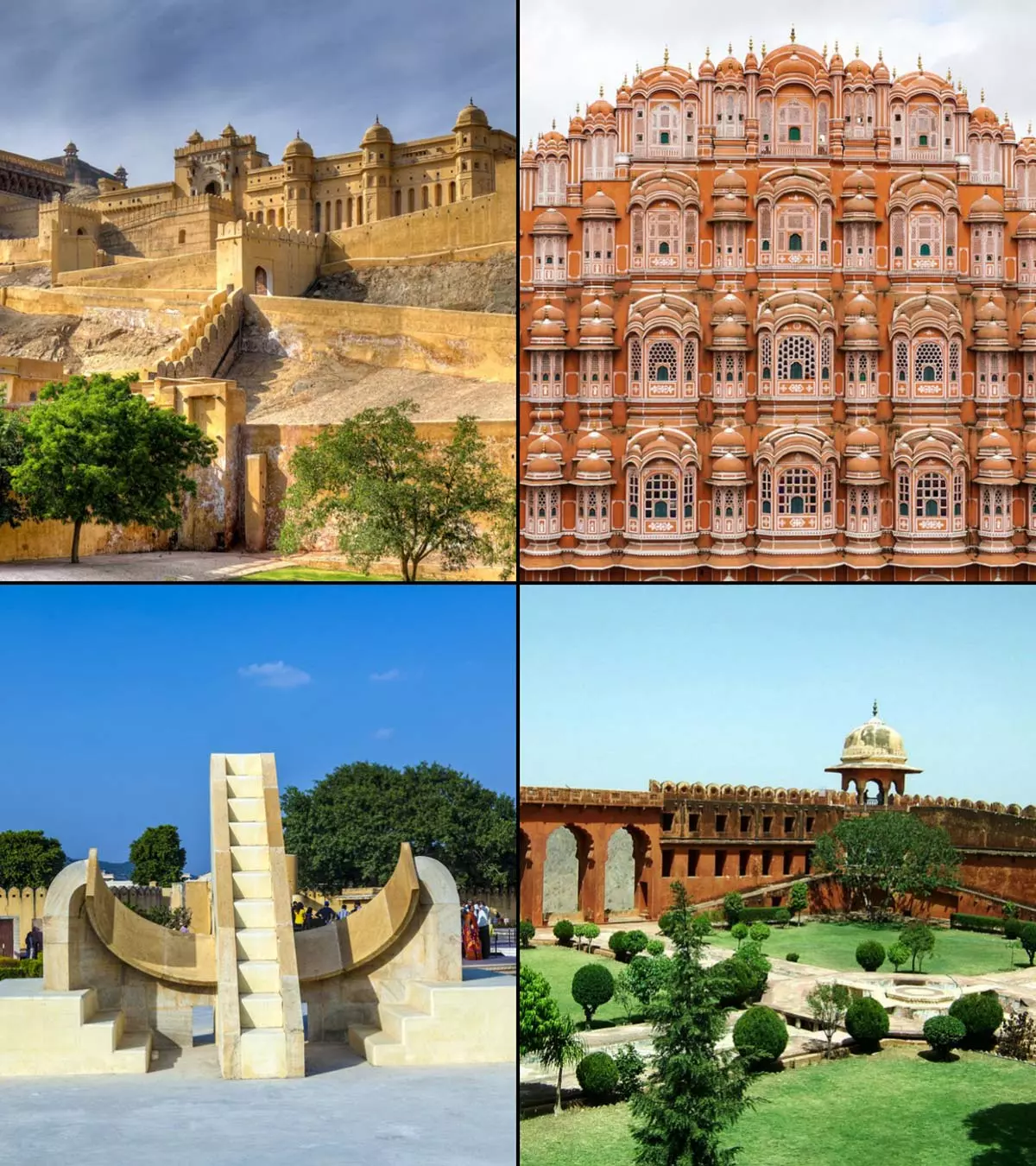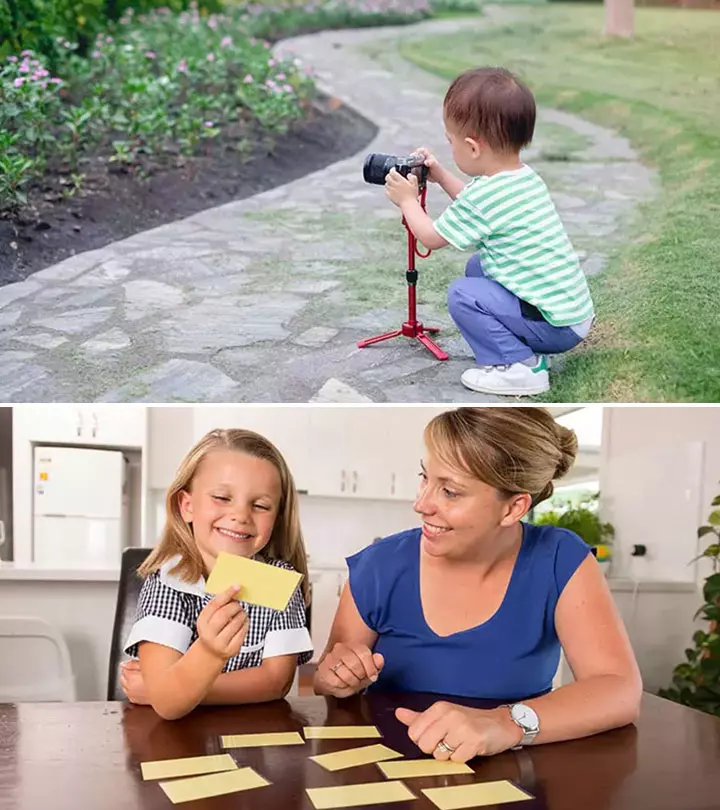
Image: Shutterstock
Educational activities for children aid in the child’s overall development and instill textbook knowledge in children through informal means. Today, learning is combined with play, making education fun. These activities reduce stress and make learning more enjoyable, while also supporting your child’s development. Here are a few examples of learning games that your child may enjoy. Check them out and watch how your kids have a fun learning experience.

Key Pointers
- Educational activities facilitate personal development and informal learning for children, making the learning process enjoyable and stress-free.
- Adventure-seeking and critical thinking activities enhance cognitive abilities, memory, and resource utilization, leading to improved linguistic and mathematical skills.
- Alphabet activities assist in improving vocabulary, reading, writing, and grammatical usage in children.
- Numerical games and activities improve children’s numerical and data organization skills, including categorization and place value understanding.
- Educational activities provide children with knowledge of geography, seasons, history, science, social concepts, and the environment, offering a holistic learning experience.
Fun Educational Games And Activities For Kids
The importance of educational games and activities for kids has taken a definite upturn in recent years. Research done by experts at Buffalo State College, Buffalo, New York, US, found that educational games can be vital in increasing engagement and understanding of instructions (1). Digital games for children have also gained popularity as more schools are undertaking digital forms of teaching (2). Game-based learning also has a moderate to large effect on various developmental skills in early childhood, such as cognitive, social, emotional, motivational, and engagement skills. Hence, for children, game-based learning is seen as a tool for their development (3). So, games are not only for relaxation and passing time but also for learning. We have listed some games that are both entertaining and educational, and will have your child picking up new concepts in no time!
1. Alphabet through photos
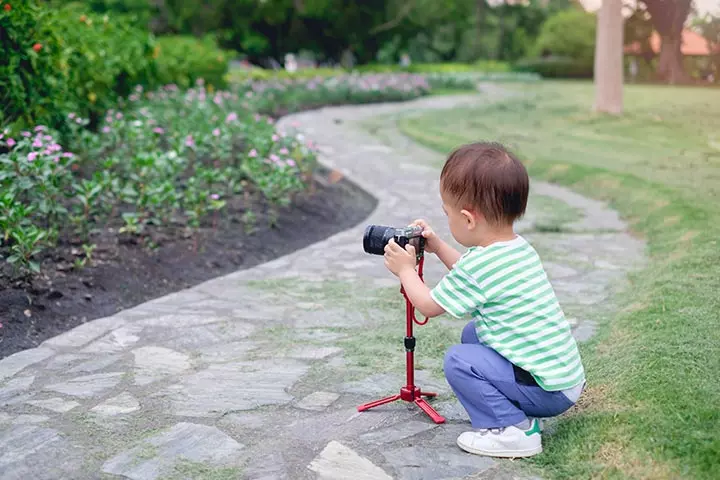
This is an exciting learning activity for kids. Send them off on an adventure activity, and let them learn letters while having fun.
You will need:
- A camera
- Pieces of paper
- A marker
How to:
- Give your child a camera (a basic model with fewer chances of damage).
- Ask them to take pictures of objects that range from A to Z.
- They can collect images of an Ant, Apple, Biscuits, Cat, and so on.
What kids learn:This activity will help your kid associate images with objects while practicing on their vocabulary in a fun way.
2. Counting game
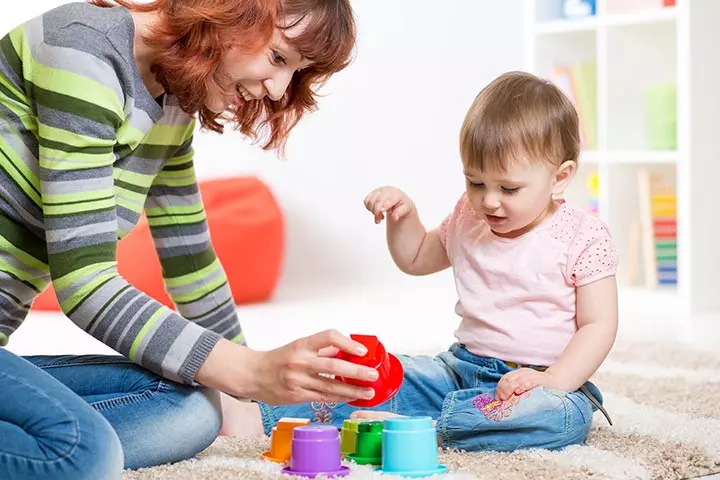
It may never occur to your kid that they are doing anything more than playing in a counting game.
You will need:
- 11 paper cups
- 55 little objects (coins, beans, screws, cotton balls, etc.)
- Marker
How to:
- Write the numbers 0 to 10 on each cup. Mix them up and ask your child to place the cups in order, from smallest to largest.
- Give your kids a collection of 55 objects. They have to look at the number written on each cup and put the same number of objects inside that cup. Have your child count out loud as they do this.
- Once the job is done, empty the cups and let your child check if the numbers and objects match.
What kids learn:
This activity will teach the basic numbers and counting the numbers.
 Quick tip
Quick tip3. Sight words memory game
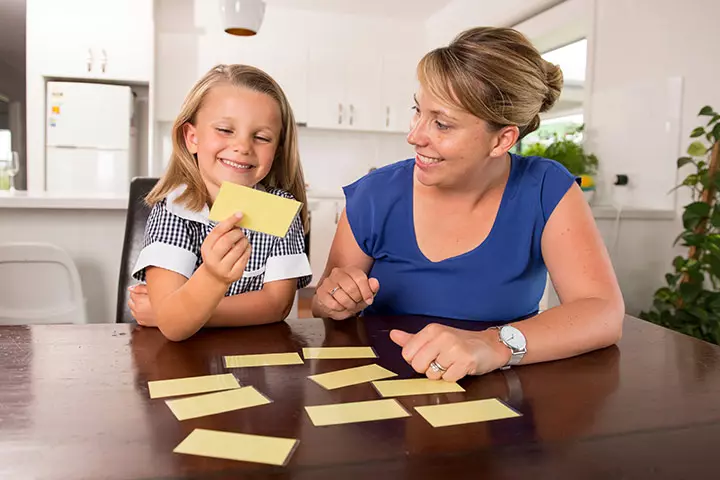
Children love to play guessing games. This is one such activity.
You will need:
- A word list
- A marker
- 80 index cards
How to:
- You can choose the words based on your child’s age and vocabulary.
- Ask your child to lay the index cards face-down, in a row, on the table.
- They will rotate a card, see the word and read it aloud.
- Then, they flip another card and read that aloud. However, if the two cards are not a match, he/she must keep them back again, face-down.
- Repeat this until all the cards have been matched.
What kids learn:Participating in this activity can enhance your children’s language learning by aiding them in recognizing sight words, expanding their vocabulary, and advancing their reading abilities.
4. Design a weather calendar
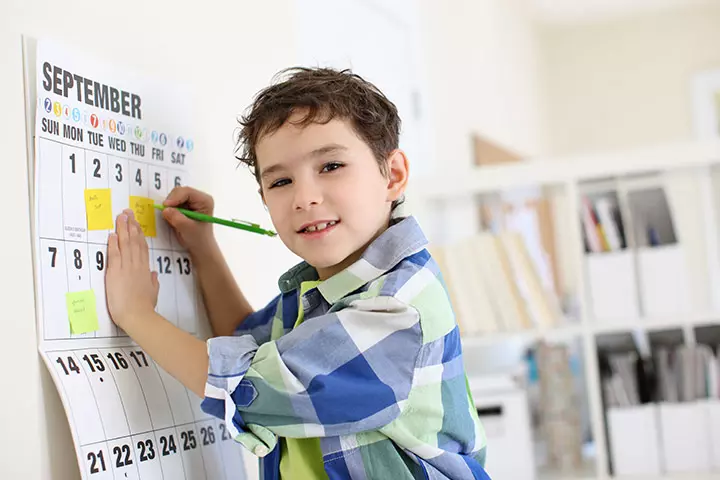
Little children are always excited about the weather. Do this activity, and you may soon have your meteorologist.
You will need:
- A blank calendar
- Color pencils
- Crayons or markers
How to:
- Start with a blank calendar. Write the name of the month at the top and then have your kid fill in the boxes with the numbers of the month. Make sure the boxes have enough space to fit in a small image.
- Keep the calendar where your child can see it.
- Pick up a time to chat about the weather with your munchkin. Send them to the window and ask them to decide what type of weather it is – sunny, rainy, snowy, cloudy or partly cloudy.
- Now, draw a picture of the weather in those boxes to record it. Ex: a sun for sunny, cloud with drops for rainy, asterisks for snow, etc.
- At the end of the month, make your child count the number of days of that month with each one type of weather.
As your child gets used to this, they will be able to compare the weather of two months and make some predictions about upcoming months.
What kids learn: Your child will learn about seasons, weathers, calendars, days, weeks and months. They will also learn to organize data.
5. Classification game

Kids learn to sort out objects and categorize things. Comparing things with each other is a baby step towards problem-solving and critical thinking.
You will need:
- A paper bag
- Household items like keys, pens, eyeglasses, coins, etc.
How to:
- Place an everyday item inside your bag and then give cues to your kid to guess the object. Give them some time to think.
- If you have hidden your lipstick, you might say, “It is red in color, a makeup product…Mama applies them to her lips. She wears it before a party. Can you guess?”
- Repeat the hints until your kid gets the right answer.
Kids may have trouble guessing at first. Start off with everyday objects, and later add more unique items and challenge their thinking acumen.
What kids learn: To sort, identify and classify objects. It enhances their critical thinking abilities.
6. Pin the plane geography learning activity
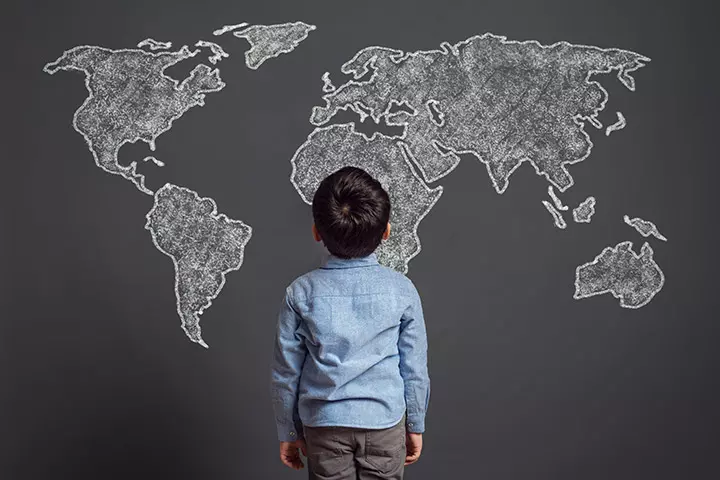
This activity is an adaptation of the ‘Pin the tail on the donkey’ game. Your kid will know about the world map and the names of the continents through this fun educational game.
You will need:
- A large sheet of paper
- Markers
- Blindfold
- Scissors
- Pieces of paper
- Paper pins
How to:
- Draw the world map with the seven continents and their names, on a large sheet of paper. It need not be detailed.
- Hang it up somewhere and give your kid a piece of paper in the shape of a plane. Have him/her write their name on it.
- Now, write the name of each continent in several small pieces of paper and put them in a bowl.
- Have your kid pick one paper at a time. Let them see the name of the continent they got.
- Now, blindfold your child, spin them and take them in front of the large paper map you drew.
- Initially, you may choose not to blindfold them but do the mapping while seeing it.
- Your kid has to pin the plane on the name of the continent they picked up.
What kids learn:
Your kid will learn the names of the continents and know their geographical locations.
 Point to consider
Point to consider7. Sequencing sentences
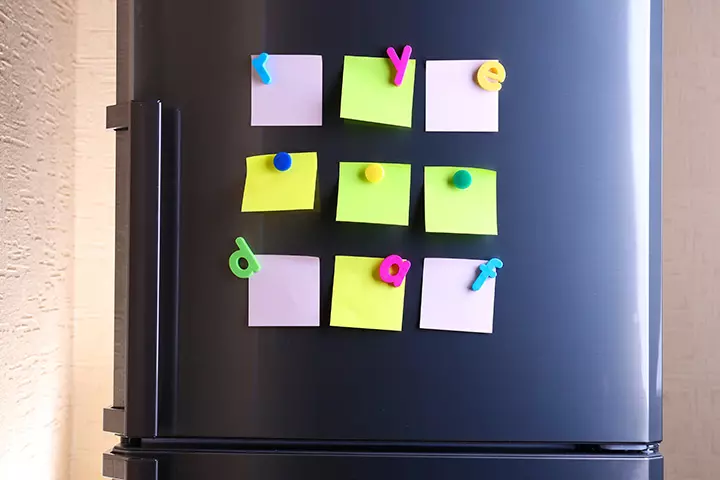
Ask your child “what happened” about anything and you get vague answers with no beginning or an ending. That’s because the concept of beginning, middle and end are out of their comprehension. Sequencing is crucial for kids to learn.
You will need:
- 3*5 inches index cards
- Pencils
- Markers
- 6 flat, stick-on refrigerator magnets
How to:
- Ask your child to think of any event. Whatever the occasion, the child should be able to remember what has happened.
- Let them describe the event in three sentences. You will write them down on the index cards.
- Attach two magnets at the back of each card and stick them on the refrigerator in a random order.
- Now, ask your child to put each sentence strip in order – from the beginning, middle to the end.
- Have your child read aloud to confirm that the sequencing is correct.
- Some examples to practice sequencing are: “Mary brushes her teeth. Mary waits for the school bus. Mary eats her breakfast.” “I came back from school and took my shoes off. I had lunch. I went to cycle.”
What kids learn:
Kids learn cohesive sequencing, writing organizing, and early literacy concepts.
8. Play punctuation
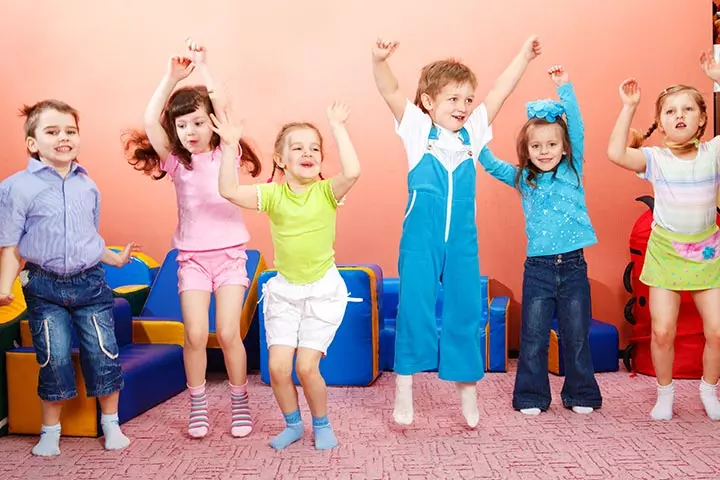
The good old ‘Red Light, Green light’ teaches kids the essential traffic rules. Take it up a bit to teach kids key concepts of punctuation while having fun.
You will need:
- Four index cards each with a big punctuation mark: a period, a question mark, a comma, and an exclamation mark
- An open space
How to:
- Discuss with your kid the keys of punctuation while reading and writing: periods, commas, exclamation, and question marks.
- Discuss with your kids the index cards and the actions:
- Comma: slow down and walk
- Exclamation: Hop and wave the hands
- Period: Stop
- Question mark: Stop and tilt your head
- Now, line up the kids across one side of the open space, while you stand a distance away. When you shout comma/ period/ exclamation, the kids have to do the action corresponding to the instruction.
- The kid who does not immediately obey will go back to the beginning.
- The first kid who finishes the line by following all the punctuation marks correctly is the winner.
What kids learn:
Kids will learn about punctuation marks, their meaning, and use.
9. Alphabet hunting
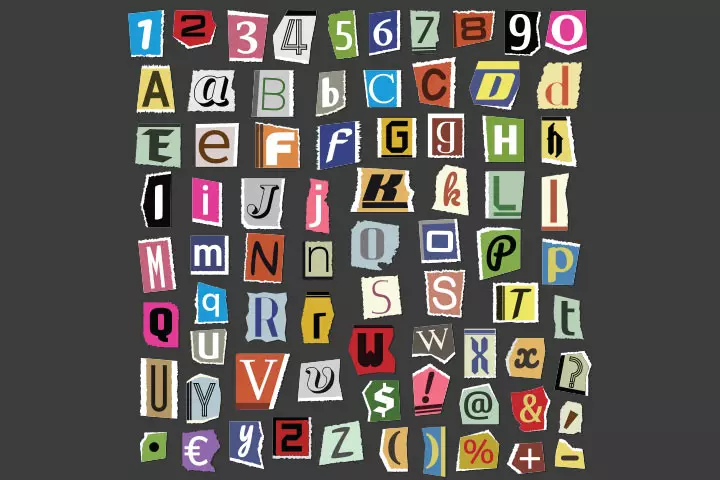
Ask your child if they would like to play a letter detective, the answer would be yes.
You will need:
- An old kids’ magazine
- A large sheet of paper
- Markers and glue
How to:
- Ask your child to write all the letters of the alphabet in a column on the left side of the large piece of paper.
- Once the letters are written, it’s time to locate them like a detective.
- Hand over the magazine to your little detective and ask them to find for a picture of the suspect that starts with each letter of the alphabet.
- For example, an accountant’s picture will work for A, and a book will work for B.
- Have your child cut out those photos and glue those mugshots next to the letter.
- Continue the game until there are photos for each letter.
What kids learn:
Your kids will learn the alphabet to the core, practice spelling and writing.
10. Photosynthesis activity
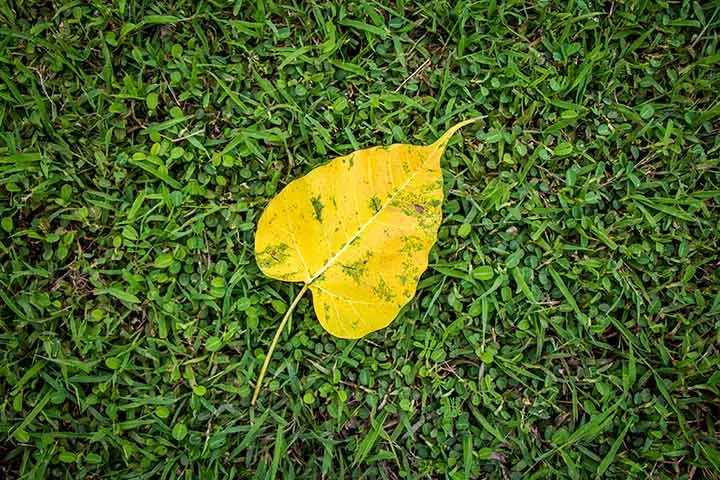
Explain to your child the process of photosynthesis through this simple learning activity.
You will need:
- A plant
- Aluminum foil
- Paper clips
- Scissors
How to:
- Have your kid pick a houseplant and help them cut an aluminum foil into little pieces.
- Wrap the foil pieces on some leaves of the plant. Secure them with paper clips.
- Keep the plant under sunlight.
- After 4 to 5 days, have your kid remove the foils and observe the leaves. The leaves wrapped in the foil look different than those that were exposed to sunlight.
- Describe your child why the change occurred, by telling them about the process of photosynthesis.
What kids learn:
This activity will develop environmental awareness among kids. They will learn about the process of photosynthesis, the importance of sunlight and the growth of plants.
11. Time to pattern
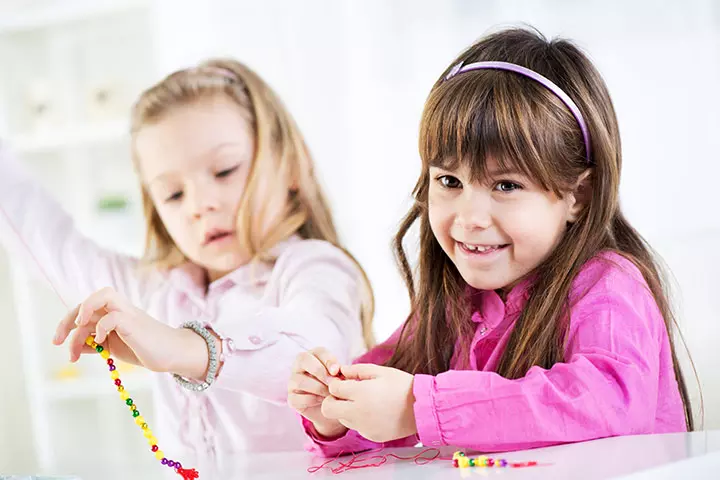
In this activity, they will learn AB patterns.
You will need:
- Pipe cleaners
- Beads of two colors
How to:
- Explain to your child that a pattern is a design that repeats.
- Divide the kids into small groups.
- Show them an example of a bracelet with AB pattern beads.
- Instruct and help them to make such necklaces by sliding beads on the pipe cleaner.
- Once completed, tie the bracelets on their hands as achievements.
What kids learn:
The kids will learn pattern identification, teamwork, problem-solving, and cognitive thinking. It will also help develop their creativity.
12. The five senses learning activity
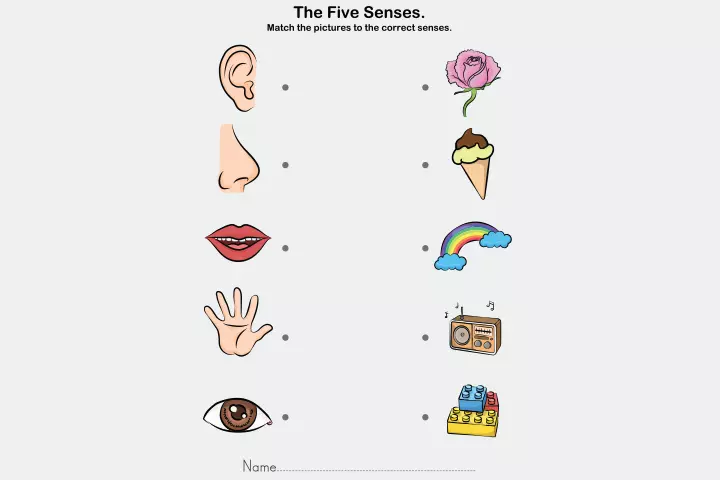
Through this activity, your kid will get a sense of the five senses. They will choose which sense they use when a bell rings and when food is offered.
You will need:
- A pencil
- The above senses worksheet
How to:
- Give your child this worksheet and ask them to see and check the senses that they use with each object.
- Once they have decided, give them pencils to draw the connecting lines for the senses and their objects.
- You can come up with your own worksheets or a verbal quiz challenge to further teach your child about the five senses.
What kids learn:
Your kid will use their critical thinking skills to figure out which object will ignite which of their five senses.
13. Idea of citizenship
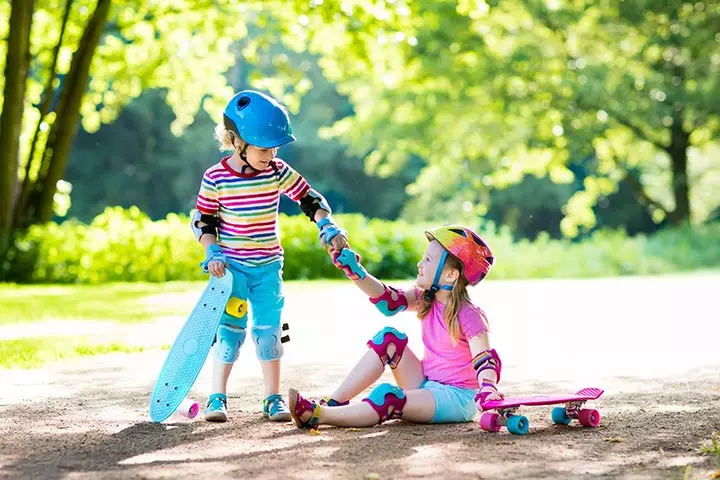
Kids will think and enact a situation without knowing they are learning about fundamental social values that are indispensable in future.
How to:
- Start with asking your child his/her concept of a good citizen with an example.
- Explain to your kid that a good citizen is a person who respects others, is considerate, helpful, well-mannered and does not harm the environment.
- Divide the children into groups of two to perform a skit.
- Ask them to think of a situation and how a good and a bad citizen will respond to it.
For example, “You are at the mall, and someone drops their wallet. What would you do?” “You see a very old man struggling to cross the street. What would you do?”; “If you see someone teasing a girl on the street, how would you respond?” - Have the groups perform their skits.
- After all the groups have performed, let them discuss and brainstorm about good and bad citizenship and why we need good citizens badly.
What kids learn:
As part of your child’s character development, they will come to comprehend the qualities of a good and responsible citizen, as well as understand the importance and purpose of rules. This activity will also develop their imagination and leadership skills.
14. Water cycle bag
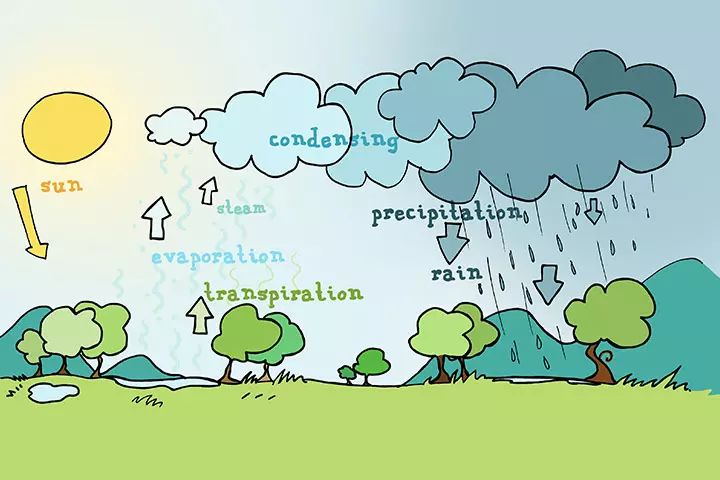
Your child will understand the concept of evaporation, condensation, and precipitation and the water cycle through this fun activity.
You will need:
- Sealable plastic bags
- Permanent markers
- Water
- Clear Dixie cups
- Pitcher
- Food coloring (red)
- Tape
How to:
- Fill a pitcher with water, add some food coloring and stir.
- Have them pour the colored water into the Dixie cup.
- Using the marker, label the water level of the cup.
- Then place the cup of water in the plastic bag and seal it. Tell your students that the cup of water represents the rivers and oceans.
- Using duct tape, have your kid affix the bag to a window.
- After a day, have your kid notice how the level of water has lowered from the cup, water droplets formed on the sides and bottom of the plastic bag.
- Now explain the process: The water from the cups (representing rivers/ oceans) evaporates and condenses. Then it runs down to the bottom of the bag (representing rain or precipitation).
What kids learn:
Kids will understand that water changes from one state to another, and learn all the stages of the water cycle.
15. Shapes and counting learning activity

This activity helps children learn about shapes, counting, and categorization.
You will need:
- The above worksheet
How to:
- Show your kid the activity sheet and ask them to recognize the pattern if they can.
- Explain to them that they have to observe the shapes and then see the number given for addition. They need to be colored with the option given there.
- The first one is a pentagon, and the number to add is 3; therefore three diagrams of pentagons are drawn in the answer box.
Answers:
2. Eight brown circles, 3. Six yellow triangles, 4. four pink squares, 5. five violent hexagons
What kids learn: Children will discover and learn about shapes and their names, as well as hone their addition skills
16. Community heroes
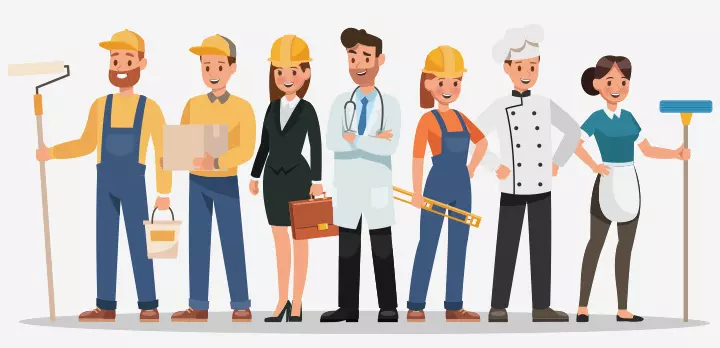
This activity is to teach your children about community and recognize community helpers and their roles.
You will need:
- The above image
How to:
- Start by asking your kid what they understand by a community and a hero.
- Explain that a hero is a person who is admired for their helping attitude and bravery. And a community is a neighborhood where people live and work together. Community heroes are people who help us to stay healthy, safe and happy in our neighborhood. Tell them that doing community service is important for being a community hero, as it allows individuals to give back and make a positive impact on the lives of those around them.
- Show pictures of different community heroes (helpers) like fire-fighters, teachers, doctors, etc.
- Ask your child to say what these heroes do.
- Give a paper and drawing pencil to your kid and have them draw the community hero they admire and write a line about them.
- Assess and discuss in length about each helper’s job and their usefulness for a society to function.
A blogger, kindergarten teacher, and mother of two, Oakley recounts how fun activities based on community heroes were a great hit with her students. She says, “As a final project to wrap up our community helpers unit, I decided to allow the students to pick which community helper they would like to be and why. I told them that their work would go on our bulletin board, and was shocked at how well they all did (i).”
What kids learn: Recognize community helpers, their roles, and their importance in society.
17. Resources educational activity
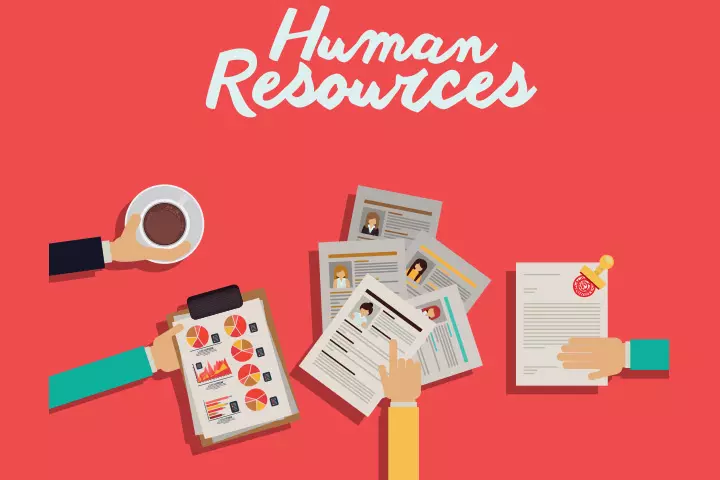
Kids need to learn about the resources, the ones we use in our daily lives and their sources.
You will need:
- Pictures of all the three resources
How to:
- Explain to your kid that he/she will be learning about three types of resources – human, natural, and capital.
- Tell them that human resources are the people who create and sell a service or product to the community. Examples: teachers, factory workers, and farmers.
- Ask questions such as, “What do they provide? Which one of them makes physical things? Which one of them provides services? And, how do you know?”
- Explain capital resources are goods that are produced and used to make other things. Examples are machines, tools, and equipment.
- Natural resources are materials provided by nature that we use to produce goods. Examples: water, sunlight, trees, etc.
- Give your child white paper and color pencils, and ask them to create a book that focuses on one type of resource.
- Have them draw five examples of that resource and write two uses of each.
What kids learn:
Kids will be able to study the differences between human, natural, and capital resources and describe each of their roles in society.
18. Map your route geography activity

Can your child read a map? If not, teach that skill with this activity.
You will need:
- Paper
- Pencils
- Crayons
How to:
- Have your child describe the route they take to school. Can they tell every turn they take on each street? Do they remember the names of the streets?
- Give them a paper and pencil and ask them to draw a square from your home to school and back.
- Have them add the street. Now help them to create the rest of the route map by adding each turn carefully.
- It’s time for your kid to label the streets. You can encourage them to add buildings and houses to make it look personalized.
- Once they can nail this exercise, reinforce it with additional maps.
What kids learn:
Your kid will learn how to read a map and learn about routes. It’s also a great experiment for building directional sense.
19. History activity
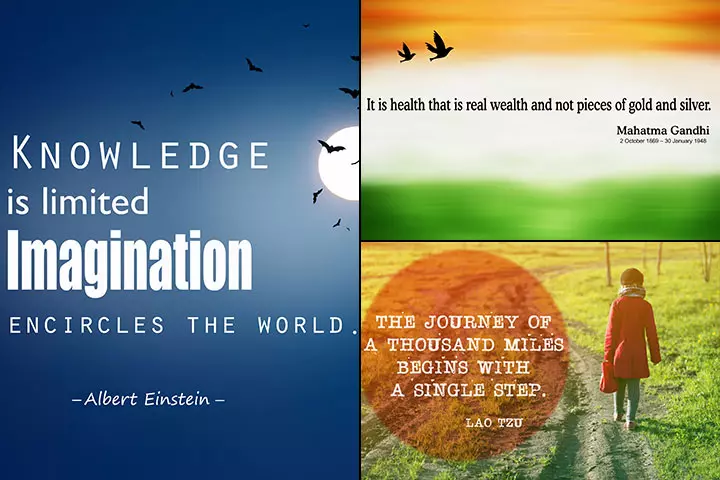
This is a unique and interesting educational game for kids. Through this activity, help your child find a quote that inspires them and create a work of art around it.
You will need:
- Poster board
- Pencil
- Paper
- Coloring pens
- Magazine (optional)
- Glue and scissors
How to:
- Have your child search on the internet for some famous quotes by well-known historical personalities.
- Let them write down the quotes. Inquire what they think the quote means and what the speaker was trying to communicate.
- Have them tell what images come to their mind when they hear the quote.
- Ask your child to write their favorite quote in the center of the poster board.
- They can either visually represent the quote by cutting pictures out from a magazine and making a collage or directly drawing whatever they can associate the quote with.
What kids learn:
Kids will develop cultural awareness and computer skills, and learn about society, the status quo, influential people, and their sayings. Their understanding of fundamental history and social studies will be strong.
20. Plant pictography
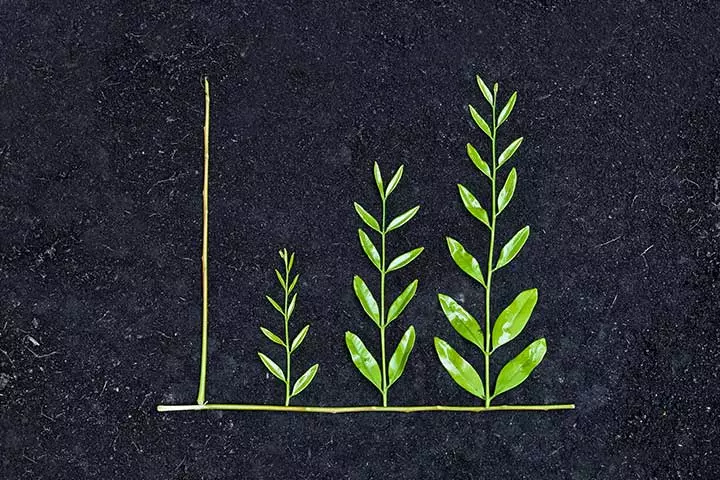
Help your kid enhance their graphing skills through a fun pictograph activity, all for understanding a plant’s growth and life cycle.
You will need:
- A plant
- Markers
- Ruler
- Poster board
How to:
- Discuss plants and their growing cycle with your kid.
- Let your child pick a plant according to the climate, time of the year, etc. Decide if you want to grow one from a seed.
- Help your kid pot the plant.
- Using a marker, have them create a graph on the poster board. Make the cells in the chart big enough to draw a small picture within.
- Choose what you want your columns and rows to represent. It could be weather, plant size, seasons, times watered, or temperature.
- Watch the plants grow along with your child. Ask your kid to fill the cells by drawing pictures representing this measurement.
- For the size of the plant, have them draw if the small plant is bigger, then draw a sun, cloud, or raindrop to represent weather.
- When the growing season ends, take a look at the pictograph. Ask your child what they conclude from the graph: “How many times did it rain?, “Has this affected the plants to grow bigger?, etc.
What kids learn:
This project will help kids learn about graphing and the life cycle of a plant.
 Quick tip
Quick tip21. Place value cards
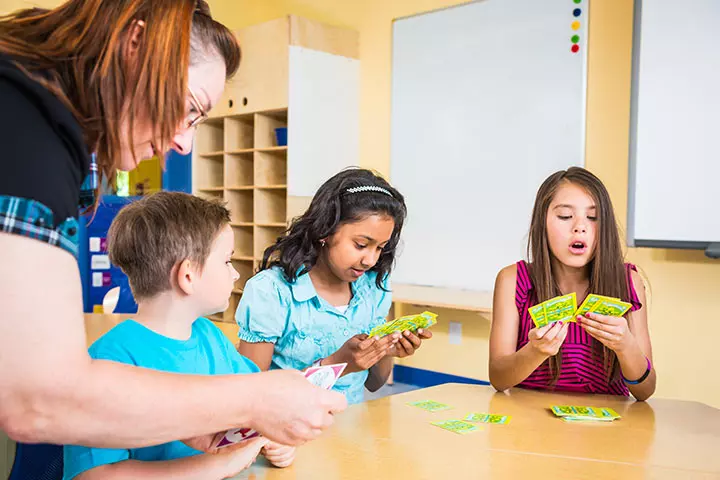
Here’s one fun math activity to help your child with place values.
You will need:
- Two sets of number cards (make them by writing 1 to 9 on the blank sides of the index cards)
How to:
- Give all the number cards to your child.
- Announce a two-digit number and ask your child to form the number using the cards. For example, if you announce 56, they will take out the card with the number 5 on it, and another with the number 6.
- Ask your child what number that is, and the place value of each number. For example, if the number is 56, there is a 5 in the tens place, and 6 in the ones place.
- Each time you give a number, increase its digits.
You can also play this game in a slightly different way.
- Announce a number and let the child set up the cards to form it.
- Ask them to increase or decrease the number by a 100 or 1,000.
- If you have announced 2,410, you can ask them to increase it by 1,000. They have to replace the 2 with 3.
- The new number will be 3,410.
What kids learn:
Kids get an understanding of numbers and multi-digit numbers and place values up to thousands.
22. Sudoku

Sudoku is an engaging game that stimulates the mind and will captivate your child’s interest.
You will need:
- Sudoku puzzles
- Pencil
- Eraser
How to:
- Start by showing your child a Sudoku puzzle. Explain that it’s a fun number puzzle game, like a little challenge to solve.
- Teach them the basic rule, which is not repeating numbers in rows, columns, or 3×3 boxes.
- Begin with easy puzzles, and more numbers filled in for an approachable start.
- Explain how to place numbers. If there’s a 2 in a row, find an empty spot for the next 2.
- Provide a pencil for light filling, mistakes are okay! They can erase and try again.
- Instill logical thinking. If a number is in a box, it can’t be repeated in the same row or column elsewhere.
What kids learn:
Sudoku enhances abilities like problem-solving for kids while boosting their concentration (4).
Benefits Of Educational Activities For Kids
Educational activities for kids provide several advantages. They support overall development along with cognitive, social, and emotional benefits.
- Cognitive benefits: These activities enhance critical thinking, memory, and language skills. They also introduce new concepts, spark creativity, and improve focus and concentration.
- Social benefits: Through these activities, kids build essential social skills like teamwork, communication, leadership, and adaptability, which help build healthy relationships.
- Emotional benefits: Engaging in these activities can boost a child’s self-confidence, provide stress relief, help them manage emotions, and create a sense of belonging and friendship.
Ways To Include Educational Games And Activities For Kids
Children love playing games but how to incorporate educational games and activities so that they participate in a willing manner? Here are some tips for seamless inclusion of these games and activities in the classroom.
- Use interactive board games
Games like Scrabble can be used for improving vocabulary and spelling skills. Monopoly teaches math and money management skills. Other games like Guess Who or Scotland Yard help children develop logical thinking and deductive reasoning. Children enjoy these games while also learning on the go.
- Turn daily activities into lessons
Daily chores such as grocery shopping can become a teaching opportunity. Talk to your children about the names of the items, the cost, and nutritional gains. You need not go into details but even basic information can help them teach vocabulary, math, and biology.
- Outdoor learning activities
Create a scavenger hunt with science or history themes. You can also play geography-based games like finding different countries on a globe. Even a simple nature walk can become a great learning activity.
- STEM-based games and puzzles
Lego and building blocks encourage children to build new structures. This improves their logical thinking and reasoning skills. You can also include coding games to introduce programming to children according to their age.
- Science experiments
Things that go boom often interest children. You need not create an explosion but even simple science experiments can keep them interested and involved. Volcano eruptions using baking soda and vinegar, balloon-powered cars, and planting seeds and watching them grow can show children the practical side of science.
Frequently Asked Questions
1. How can parents and teachers use educational activities to encourage children to learn?
One effective approach to encourage children to learn is by providing them with a comprehensive schooling experience that includes a well-designed curriculum. Encouraging exploration, using real-world examples to teach them lessons, providing opportunities for hands-on learning, field-trips and celebrating victories can help encourage children to learn.
2. What are the positive impacts of educational activities on children’s health?
Engaging in educational activities helps in improving your child’s physiological skills. They also aid in improved mental health, improved communication skills, and increased physical activity.
3. How can technology be incorporated into educational activities for kids?
Technology can be incorporated into kids’ educational activities through interactive apps, games, online libraries, laboratories, research tools, and digital platforms.
4. How can parents make reading and writing activities more enjoyable for their children?
Not forcing your child to perform these activities can make reading and writing more fun. Instead, pick the right and age-appropriate books for your child; read slowly and emphasize difficult words. Including movies, role-playing, asking fun questions, and engaging in positive reinforcement can interest the child. Furthermore, journaling can also help your child have fun with writing, using colored pencils and pens.
5. How can we incorporate music into education to make it more engaging for children?
Music can make learning more engaging for children. It can be incorporated through songs, music-based lessons, nursery rhymes, and musical instruments. In addition, music can help with stress relief and foster a creative and stimulating learning experience.
6. How can educational activities be adapted for different age groups?
Educational activities can be easily adapted for different age groups. For toddlers, focus on activities with more sensory experiences and fewer and simpler instructions. Preschoolers may enjoy imaginative play and more structured activities that promote fine motor skills. Older children can be encouraged to take on more challenging activities that involve logic and creativity.
7. How does parental involvement aid children’s engagement in activities?
Involving in educational activities is a great way to bond with your child. As you teach them new things, you also become an important part of their learning experience. Your active involvement helps create a supportive environment that fosters intellectual and emotional growth.
Educational activities for kids are beneficial because they impart knowledge in a playful manner. This method enhances children’s curiosity, interest, and understanding. In addition, practicing the same concepts in different ways helps children develop better learning skills. So, choose any topic you want to introduce to your children and create games, activities or craft projects to make them more engaging. Activities like learning alphabets through photos, sight word memory games, and designing a weather calendar need children to apply what they have studied, thus helping them become smarter learners.
Infographic: Games And Activities Your Children Will Love
Educational games are one of the best teaching methods for children of all ages as they incorporate the fun of playing games with learning. They even make the subject interesting and practical for them to understand. So, let’s check out the infographic below for some educational games and activities you may try. Illustration: Momjunction Design Team
Illustration: Fun Educational Games And Activities For Kids

Image: Stable Diffusion/MomJunction Design Team
Keep your little one engaged and entertained with these creative preschool DIY activities.
Personal Experience: Source
MomJunction articles include first-hand experiences to provide you with better insights through real-life narratives. Here are the sources of personal accounts referenced in this article.
i. My Very Own Circus;https://myveryowncircus.wordpress.com/
References
- Stephen Gareau and Ruth Guo; (2009); “All Work and No Play” Reconsidered: The Use of Games to Promote Motivation and Engagement in Instruction.
https://files.eric.ed.gov/fulltext/EJ1136528.pdf - Youling Li et al.; (2025); The impact of digital educational games on student’s motivation for learning: The mediating effect of learning engagement and the moderating effect of the digital environment.
https://pmc.ncbi.nlm.nih.gov/articles/PMC10783726 - Manar S Alotaibi; (2025); Game-based learning in early childhood education: a systematic review and meta-analysis.
https://pmc.ncbi.nlm.nih.gov/articles/PMC11018941/ - 7 Incredible Benefits of Sudoku for Kids.
https://puzzlegenius.org/7-incredible-benefits-of-sudoku-for-kids/
Community Experiences
Join the conversation and become a part of our nurturing community! Share your stories, experiences, and insights to connect with fellow parents.
Read full bio of Catherine Mok
Read full bio of Harshita Makvana
Read full bio of Deepa Thomas
Read full bio of Kavita Kankani






